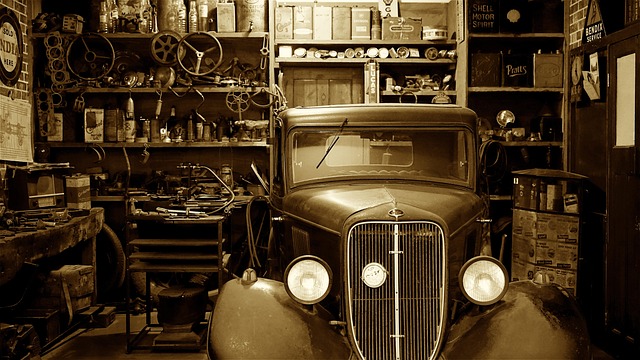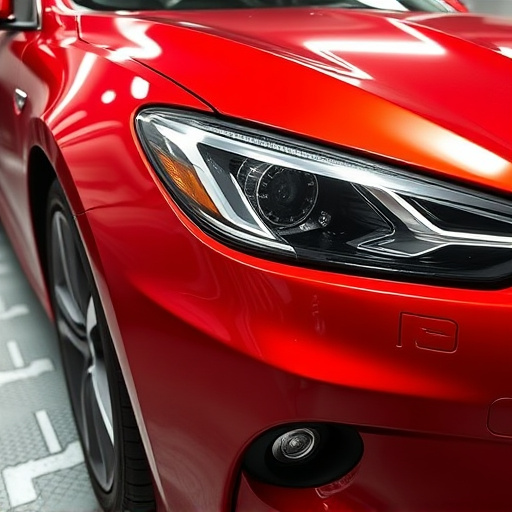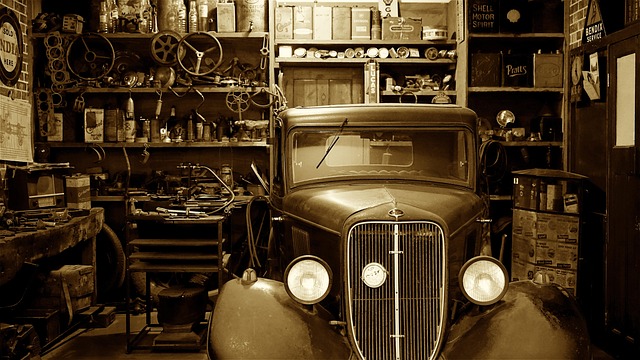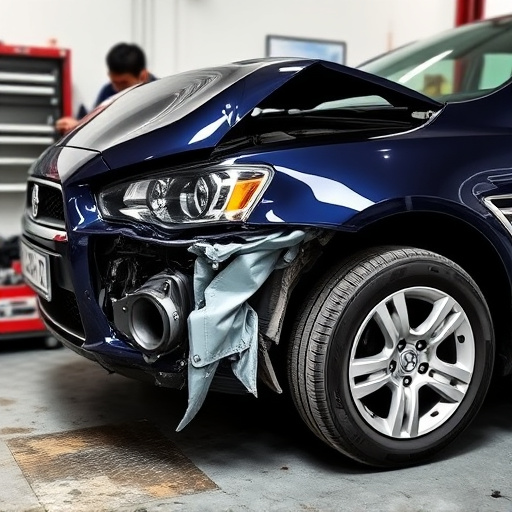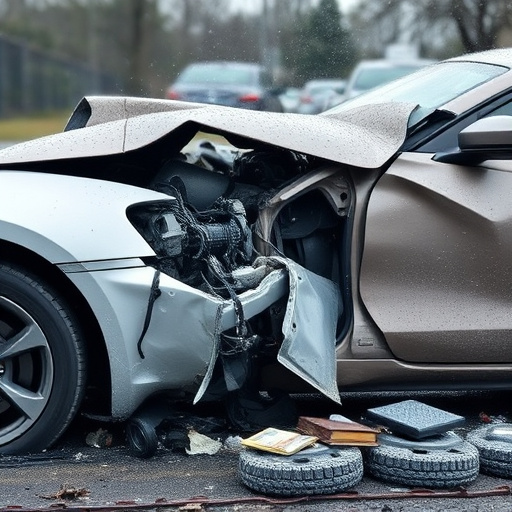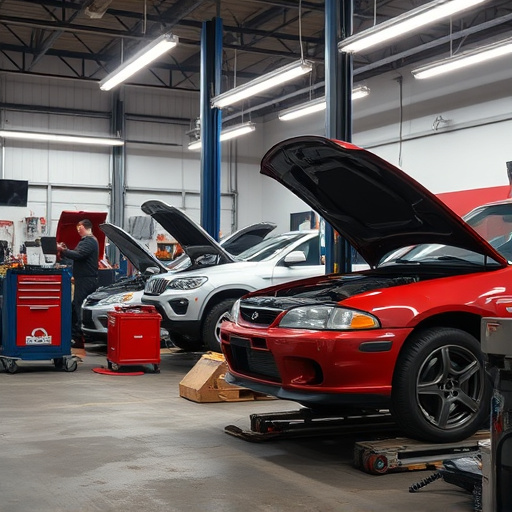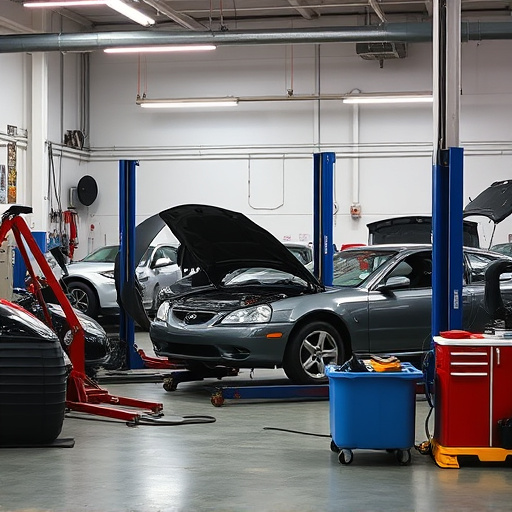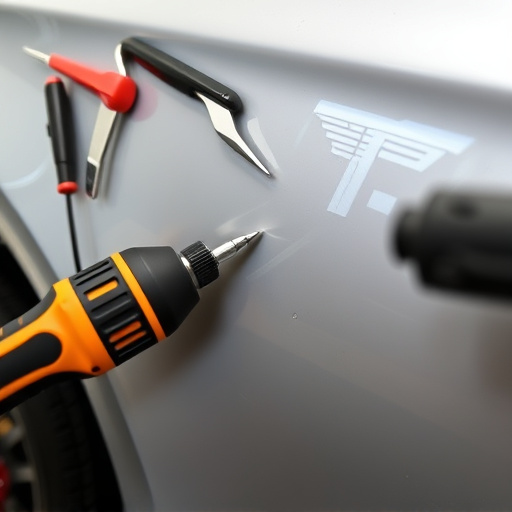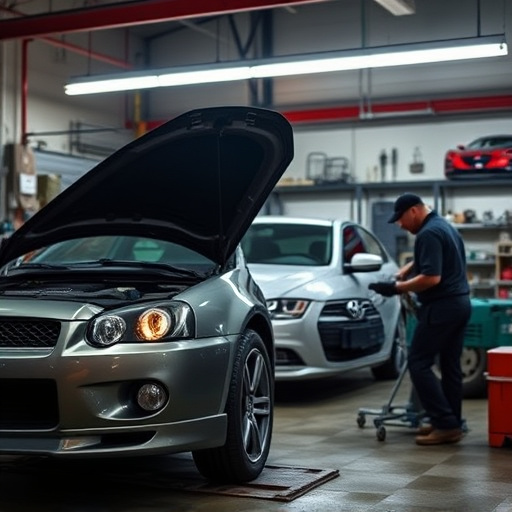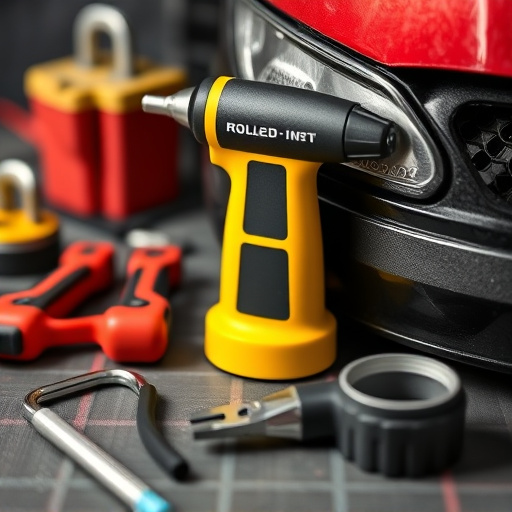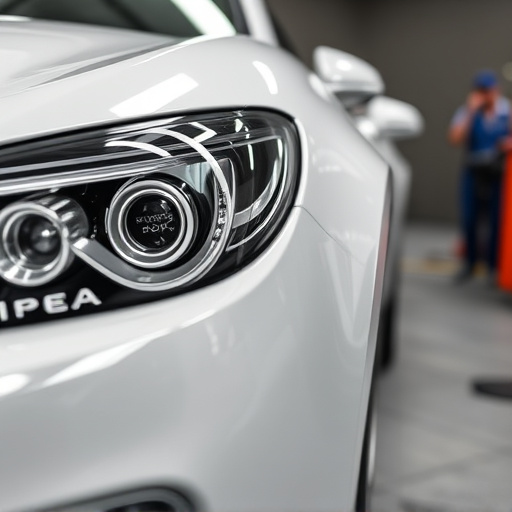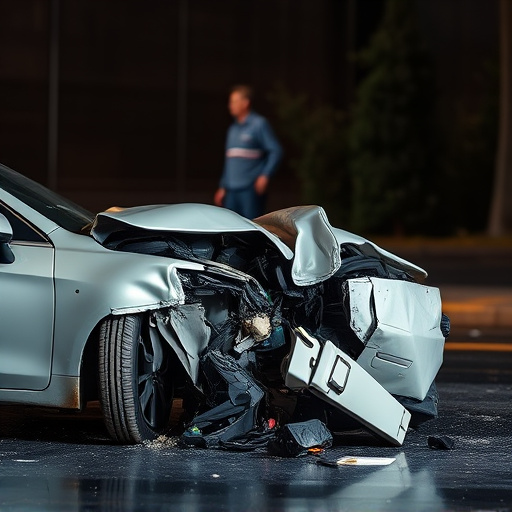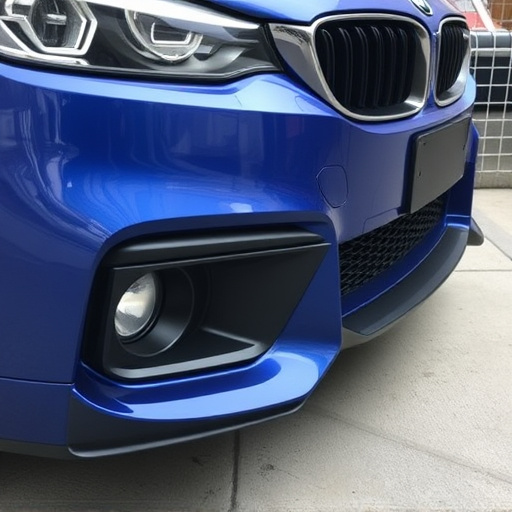ADAS recalibration equipment is a specialized toolset for precise realignment of Advanced Driver Assistance Systems (ADAS) components to address sensor drift or damage, ensuring safety certifications and optimal autonomous driving capabilities in modern vehicles. Regular maintenance, sensor cleaning, calibration by certified technicians, and controlled environment conditions are crucial for accuracy and reliability in ADAS recalibration.
“Unveiling the critical component of modern vehicle safety, this article explores ADAS recalibration equipment and its indispensable role in achieving top-tier safety certifications. Understanding this technology is essential for automotive professionals aiming to stay ahead in a rapidly evolving industry.
We’ll delve into the fundamentals of ADAS (Advanced Driver Assistance Systems) recalibration, highlighting why it’s not just a tool but an imperative for maintaining system accuracy and reliability. Furthermore, we’ll provide best practices for effective calibration, ensuring optimal vehicle performance.”
- Understanding ADAS Recalibration Equipment
- The Significance in Safety Certifications
- Best Practices for Effective Calibration
Understanding ADAS Recalibration Equipment
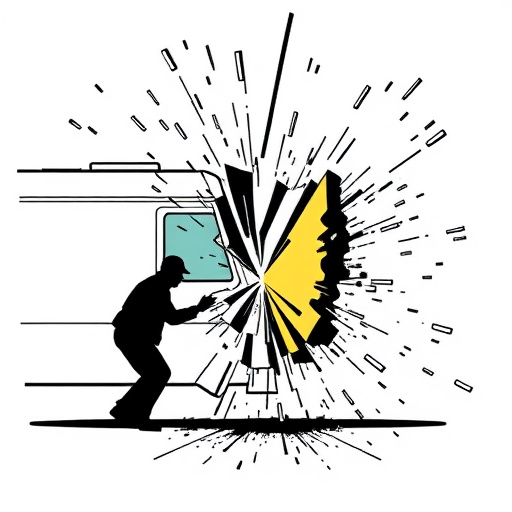
ADAS recalibration equipment is a specialized toolset designed to ensure the precise re-alignment and adjustment of Advanced Driver Assistance Systems (ADAS) components within a vehicle. These systems, which include features like adaptive cruise control, lane departure warning, and automatic emergency braking, rely on accurate sensor calibration for optimal performance. Over time, sensors can drift or become compromised due to minor collisions like fender benders or during dent removal, leading to less-than-ideal safety certifications.
The ADAS recalibration equipment suite typically comprises of a range of tools from sophisticated measurement devices to precise adjustment mechanisms. These tools enable technicians to reassess and realign the sensor data, ensuring that the ADAS functions correctly and safely. By maintaining proper calibration, these systems can detect and respond to potential hazards more effectively, thereby enhancing overall vehicle safety – crucial in an age where autonomous driving capabilities are increasingly integrated into modern cars.
The Significance in Safety Certifications
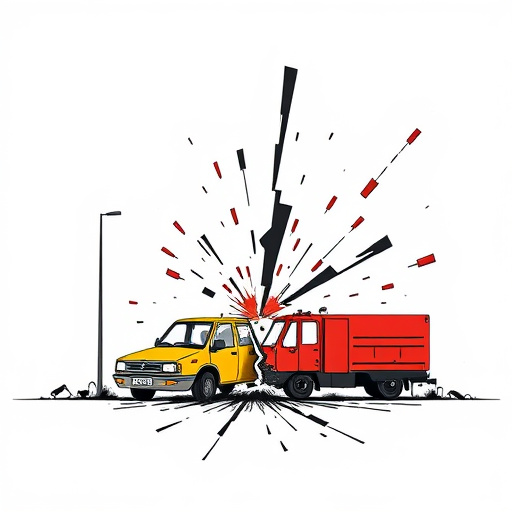
Safety certifications are paramount in the automotive industry, ensuring that vehicles meet stringent standards for protecting occupants and other road users. ADAS recalibration equipment plays a pivotal role in achieving and maintaining these certifications. Modern vehicles rely heavily on Advanced Driver Assistance Systems (ADAS) such as lane-keeping assist, adaptive cruise control, and collision avoidance systems. These features require precise calibration to function optimally and ensure the safety they promise.
Proper ADAS recalibration equipment allows for the accurate adjustment and testing of these systems post-installation or after any potential disruptions, like an auto body repair or car body restoration. By employing specialized tools and software, automotive repair services can meticulously fine-tune sensor calibrations, ensuring that ADAS functions reliably and effectively. This is crucial not only for compliance with safety regulations but also for preventing accidents and saving lives on the road.
Best Practices for Effective Calibration
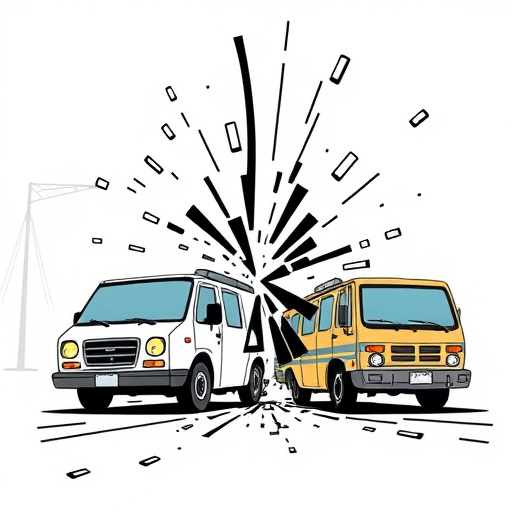
To ensure accurate and reliable ADAS recalibration equipment operations, several best practices must be implemented. First and foremost, regular maintenance checks are vital to keep the equipment in pristine condition. This includes cleaning sensors and cameras to prevent debris or dust buildup, which can distort readings. Calibration should also be performed by certified technicians who understand the intricacies of ADAS systems, adhering strictly to manufacturer guidelines for optimal results.
Additionally, a controlled environment is essential during calibration processes. Factors such as temperature, humidity, and lighting conditions must be monitored and maintained within specified limits to avoid introducing errors. Moreover, utilizing high-quality reference standards and tools can significantly enhance accuracy, ensuring any adjustments made are precise and effective, ultimately contributing to safer vehicle repair and collision damage repair outcomes.
ADAS recalibration equipment plays a pivotal role in ensuring vehicle safety systems remain accurate and reliable. As autonomous driving technology advances, regular calibration becomes essential to maintain the integrity of Advanced Driver Assistance Systems (ADAS). By utilizing specialized tools and following best practices for effective calibration, manufacturers can navigate the complex landscape of safety certifications, ultimately fostering a safer driving environment for all. Investing in top-tier ADAS recalibration equipment is a game-changer, enabling professionals to stay ahead of regulatory requirements and deliver high-quality vehicle inspections.
